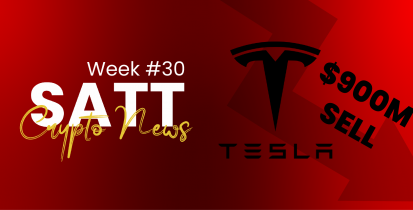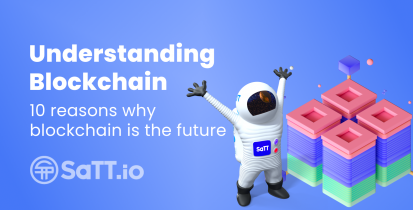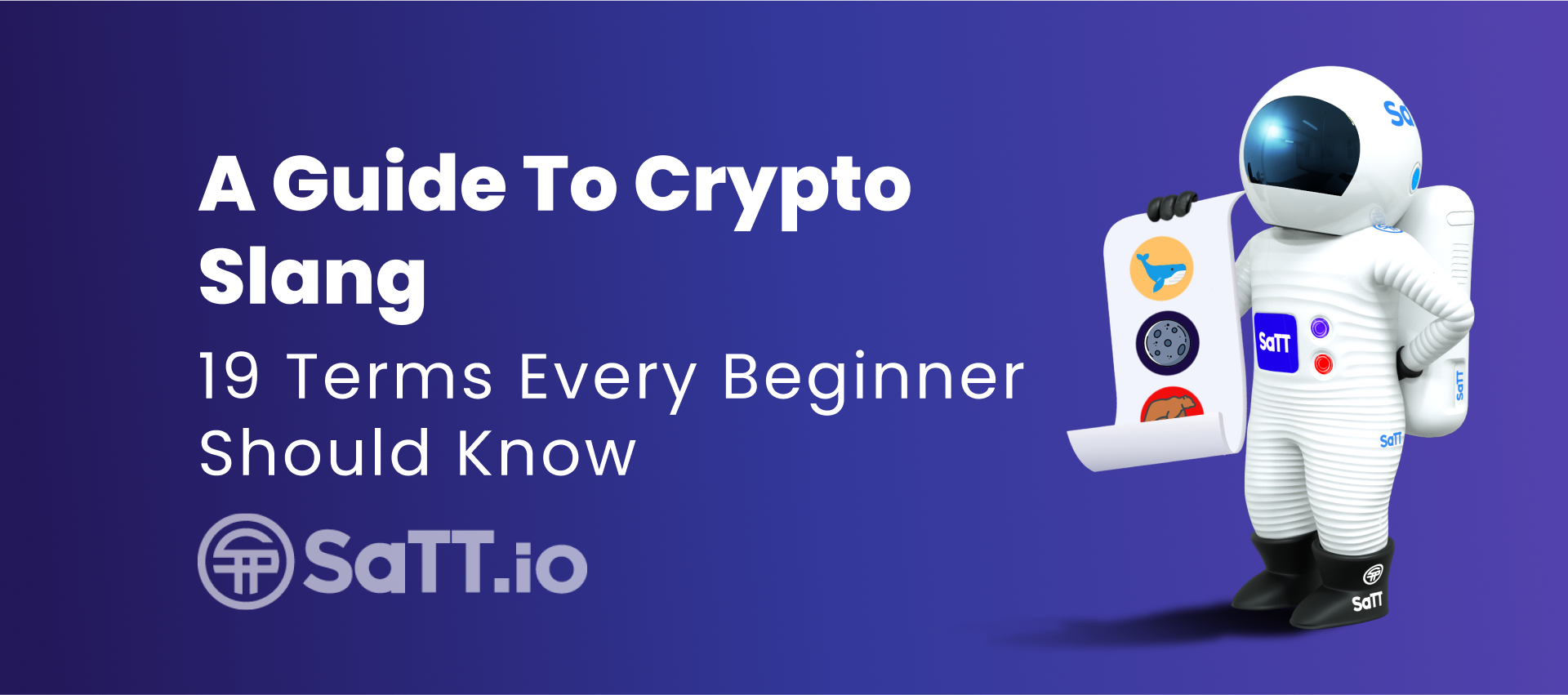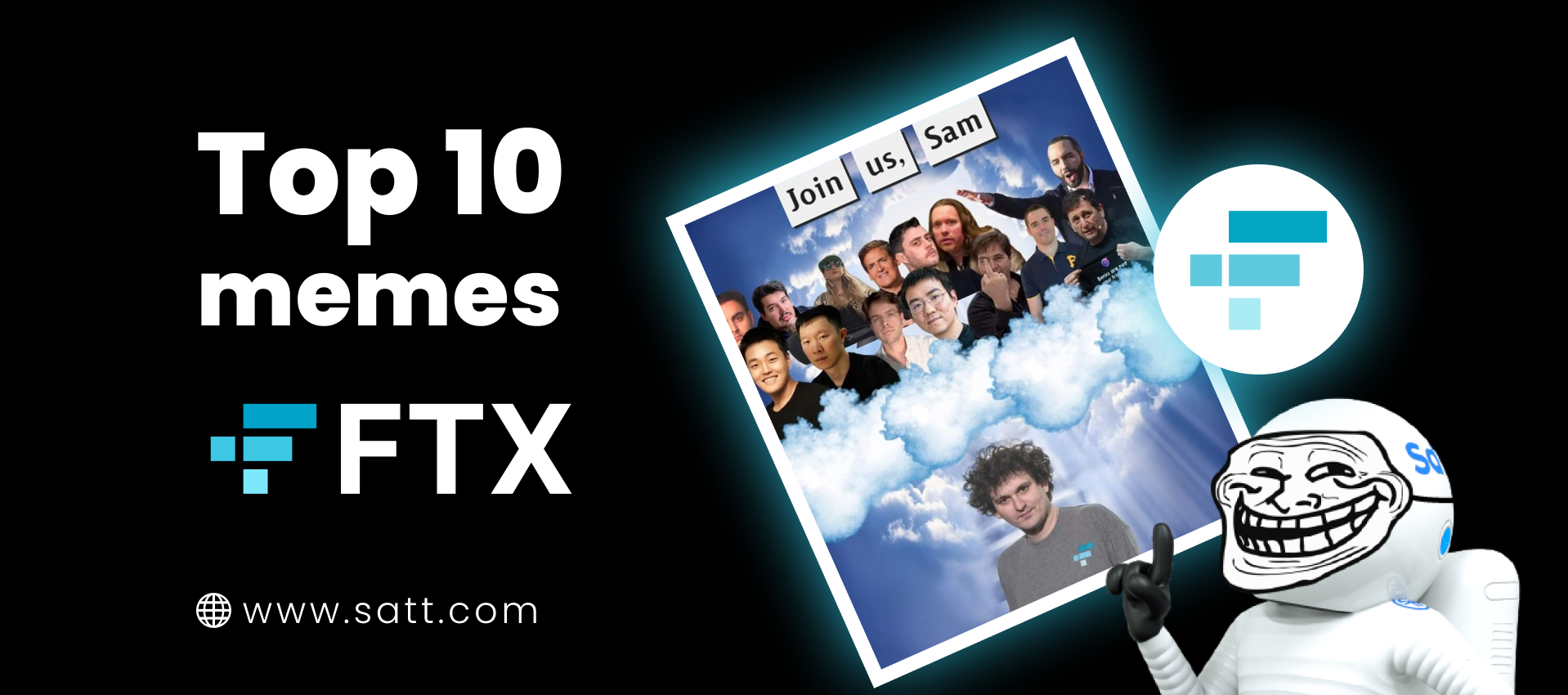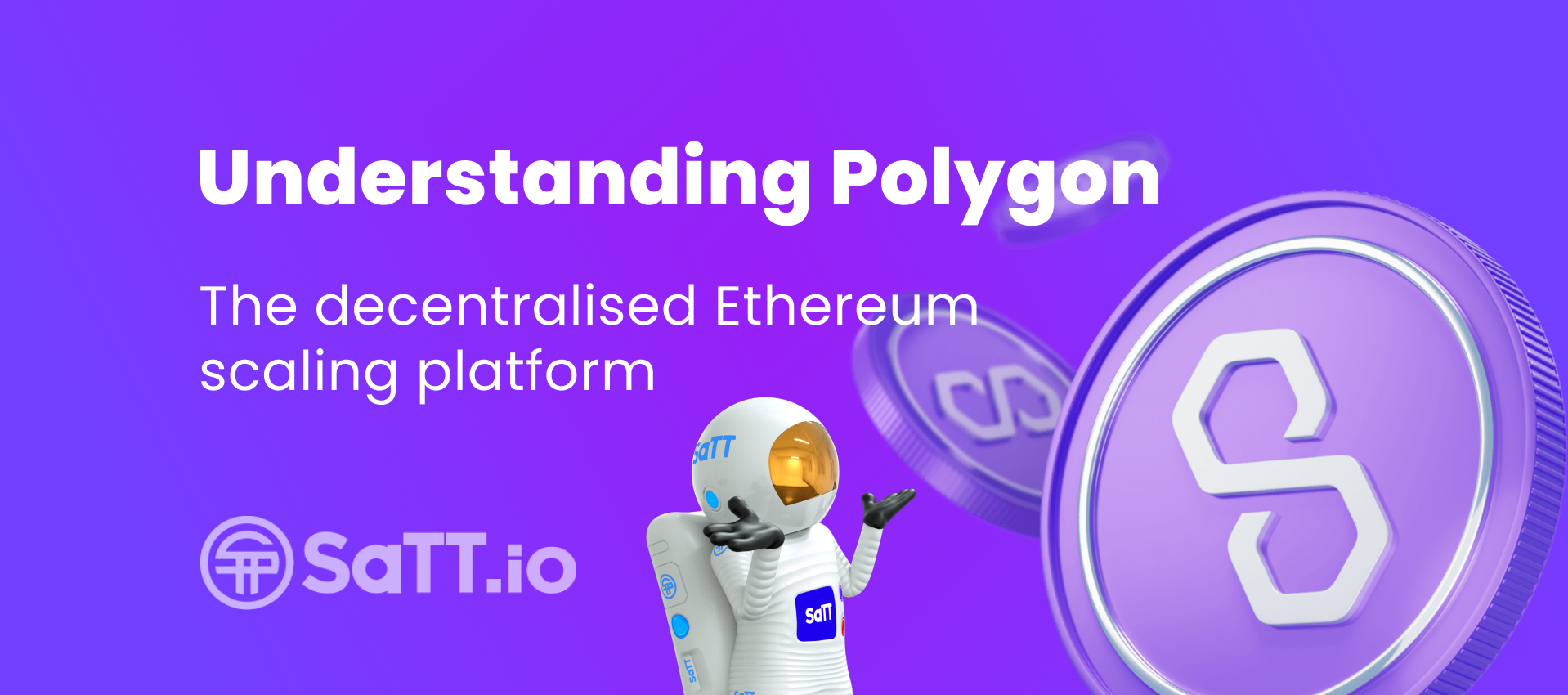
What Is Polygon?
Ethereum has been a pioneer in the cryptocurrency industry, introducing innovations like smart contracts and high-interest paying decentralized apps. But there are three major obstacles it must overcome. To begin, there is the problem of low throughput. What this means in plain English is that Ethereum is limited to 30 transactions per second. This processing speed is really low in comparison to the number of individuals that are actually using Ethereum.
Since several alternates can handle far more deals in the same amount of time. For comparison, Polkadot’s blockchain can handle up to 1,000 transactions per second, while Solana’s can handle as many as 65,000 transactions per second.
In addition, the Ethereum network is cumbersome to use since each user must compete with the rest of the world for a share of the network’s 30 transactions per second capacity. Simply, this indicates it is pricey. And I mean like 20 bucks only to send your pal 1 dollar price. In conclusion, the Ethereum blockchain provides few opportunities for innovation. All projects built on Ethereum share the same network and thus have the same Throughput. What this means is that everyone has an equal stake in Ethereum’s issues. Without any caveats.
However, suppose another blockchain existed that used Ethereum’s architecture but had greater choices, larger Throughput, and much-reduced transaction costs. Hello and thank you for visiting Whiteboard Crypto.
In this blog post, we will talk in detail about what is Polygon? So without further ado, let’s hop in.
In 2016, three developers from India set out to fix Ethereum. Which led to the formation of Matic, later renamed Polygon. Even though they are now known as the Polygon Network, the Matic Coin retains its original name. Polygon is a layer two scaling platform for Ethereum-based apps, enabling them to address the issues I stated.
When combined with Ethereum’s safety features, this is a powerful combination. Its major goal is to facilitate the sharing of blockchain-based apps and tools or Defi. Over 80 major apps have already made the switch from the Ethereum main chain to the network, which now hosts over 3000 decentralized applications. Polygon’s similarities to Ethereum mean that many developers of helpful apps may port those applications over to Polygon or another EVM blockchain to expand their user base. For those who are still confused, “EVM” refers to the Ethereum Virtual Machine. Also, the code is what’s executed by computers all around the globe to make the smart contracts on the blockchain work.
Now, at this point in the movie, I feel obligated to emphasize that if you don’t know what almost any of the terminology I just used means, you can check out some of our dedicated films that explain some of these concepts. Anyway, Polygon has an EVM, as do Binance Smart chain, Fantom, and a few other major networks. They all run off of the core Ethereum protocol. It stands to reason that developers may easily port their product to a new network without making significant modifications, given they execute essentially the same code.
Next, the Polygon proof of stake chain is what most people consider when they hear the term “Polygon.” However, this chain is only an offshoot of Ethereum that employs a proof-of-stake consensus method. There are a few additional modifications to this side-chain, but the most crucial ones are the increased speed and throughput. It also means that the final price is substantially lower for the consumer. Technically speaking, though, the Polygon network is much more than a simple side chain. Polygon’s primary goal is to provide developers with accessible and adaptable tools that will hasten Ethereum’s evolution into a multi-chain infrastructure. To put it another way, Polygon isn’t the same thing as the typical proof-of-stake chain.
They’re a network of blockchains that can help Ethereum grow in size. Once this is accomplished, developers will have a free hand in coming up with Ethereum-compatible scaling solutions of all types. Like Zk Rollup chains, Optimistic Rollup chains, or any other ancillary chains they may want If you’re interested in learning more about the specifics of side chains and rollups, you may watch our films on the subject. They’re ingenious and one-of-a-kind methods of concatenating data in order to reduce overhead on the main Ethereum network.
One approach to expanding Ethereum’s capacity is the Polygon proof-of-stake chain. Indeed, Polygon intends to provide a wide variety of scaling options for its consumers. At first glance, Polygon seems to be a rather straightforward tool; nevertheless, a closer examination reveals far more functionality than is visible to casual users.
For regular folks like us, here’s how Polygon might be summed up: To put it simply, it’s an Ethereum clone with very low gas prices. Currently, the charge to move Ethereum from one address to another is about $20, whereas, on the Polygon network, the same transaction costs less than a cent. This implies that customers may safely experiment with new applications and features without worrying about losing $150 due to a token transfer.
When I tell people about Defi Blockchains, I usually propose Polygon and Binance Smart chains. So, take it with a grain of salt. Now let’s go a little further into the inner workings of Polygon to see how it all fits together. The proof of stake protocol and the layer-2 scaling solution are the motivational forces behind Polygon. The concept of a committed chain is the first Ethereum network If you are unfamiliar with the term “commit chain,” it is a transaction network that closely mimics the actual chain in its operations. As a result, it complements Ethereum in the instance of Polygon.
Before we go any further, many of the topics I want to cover in the near future are somewhat technical, but if you’re game, let’s go into the weeds. Before sending the data back to the main Ethereum chain, the Polygon commit chain collects clusters of transactions and processes them all at once. Consider the following. Polygon takes a snapshot of all the transactions every so often instead of sharing the complete movie, so the Ethereum chain can still comprehend what’s going on without having to process a ton of data.
This is why up to 65,000 transactions per second may be processed on the Polygon network. It has been speculated that developers would eventually host thousands of such chains in tandem with Ethereum to boost throughput. As many as a million or more each second let’s go a little more technical now. The Ethereum Layer, the Security Layer, the Data Layer, and the Transport Layer make up the four tiers of the Polygon architecture. The Execution Layer, Below Which Are the Polygon Networks, I’m going to tell you the truth: you don’t need to know this. If you wish to learn more about Tokenomics, you may skip this section.
The Ethereum Layer consists of several smart contracts built on the Ethereum platform. Staking, transaction approval, and communication between the Ethereum blockchain and a large number of Polygon chains are all handled by these contracts. In order for Polygon to periodically communicate with Ethereum, it uses this layer to do so. The next layer is the one responsible for keeping things secure. Additionally, it provides validator services alongside Ethereum.
Including an extra safeguard for chains. However, it should be noted that neither the security layer nor the Ethereum Layer is necessary for Polygon to function. Polygon networks exist at Layer 3. And it’s the community of initiatives and networks built on the Polygon blockchain. In this ecosystem, each individual project or blockchain often has its own subset of users. The place where people in the area may come to an agreement and create Blocks.
The Execution Layer is the last layer. The primary purpose of the Polygon Ethereum Virtual Machine is to run smart contracts on the production Polygon Blockchain. As I indicated before, the interoperability with the EVM improves the overall experience for developers and programmers working with the Ethereum blockchain. We will now go into the Tokenomics of the Polygon. There is a token specific to the Polygon network. Matic, which has been trading at roughly $2 and has a market valuation of around $13 billion, is the name of this commodity.
Matic tokens have a total quantity of 10 billion and are burned periodically. Which is about 6.8 billion short of the total number in existence. Tokens kept for staking rewards and tokens with a time-locked release Schedule, both of which we will discuss in more detail below, account for the discrepancy between these two totals. In the first private sale of Matic tokens, which took place in 2017, the developers sold 3.8% of the entire supply.
Soon after, it had its first exchange offering. Where another 19 percent of the whole inventory was sold. 16 percent of the total quantity of tokens is held by the project’s development teams. Staking benefits amount to around 12 percent, with the advisers receiving 4 percent. Already 23% of the ecosystem has been allocated, with around 22% going to the Polygon Foundation. To add insult to injury, inflated Matic tokens are now being created to reward stakers. Although Matic’s supply is limited, the company plans to roll out its own version of EIP1559 in the near future. For those of you who are unfamiliar: This implies that Matic will become a deflationary coin when the transaction fees at its very foundation are burnt.
So, if you’re anything like me, you’ll appreciate this. It’s reasonable to worry about what will happen to the winners when the pot is depleted. To that end, the Polygon staff Staking validators may be incentivized to keep doing their job by the additional transaction costs that users contribute to prioritizing their transactions beyond the standard charge.
Summing Up
To sum up, the Curve.finance application is my favorite part of the Polygon ecosystem to invest in. Additionally, I have been making about 30% APY for the last several months. Even though Aave on the Polygon network had outstanding prices not too long ago, it seems that word has gotten around about how wonderful these new prices are.

